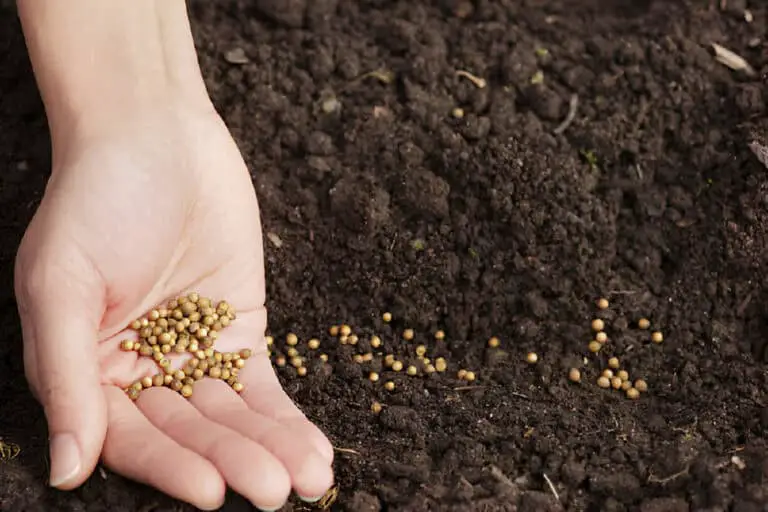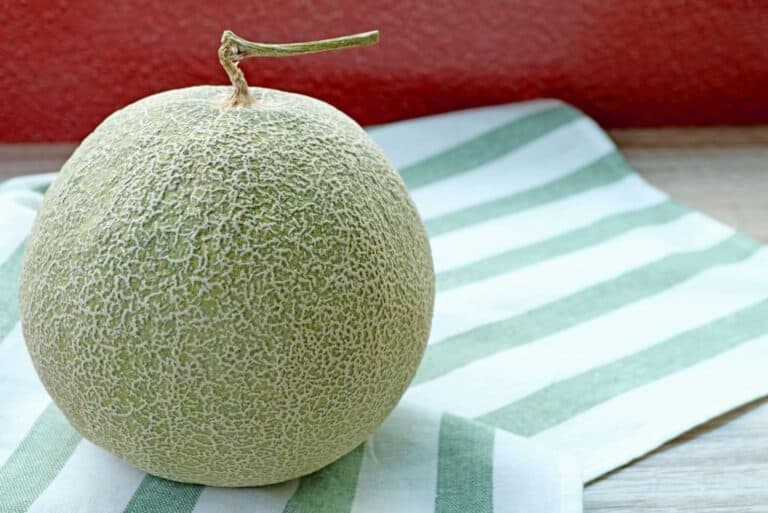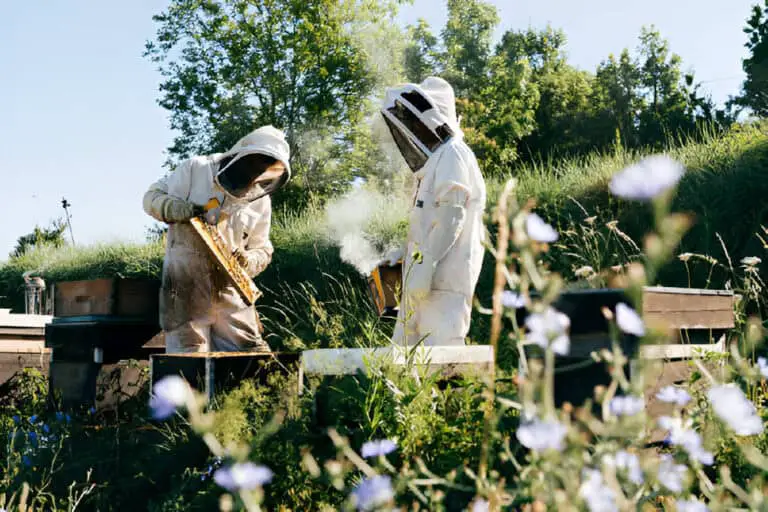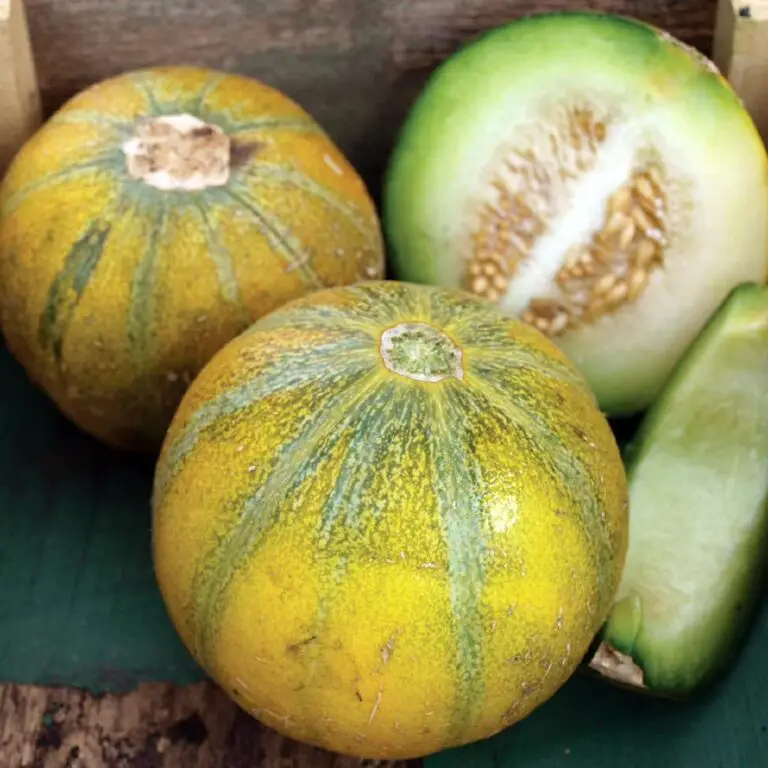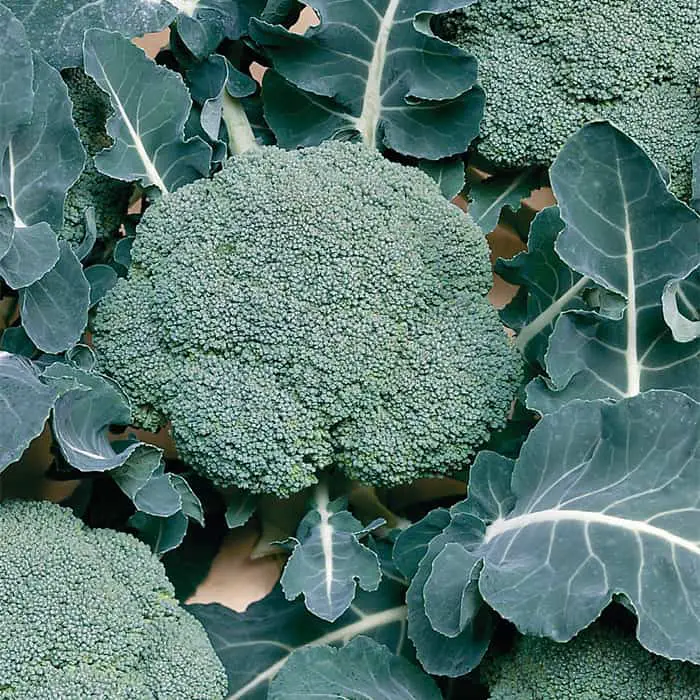A Beginner’s Guide to Starting Your Own Christmas Tree Farm
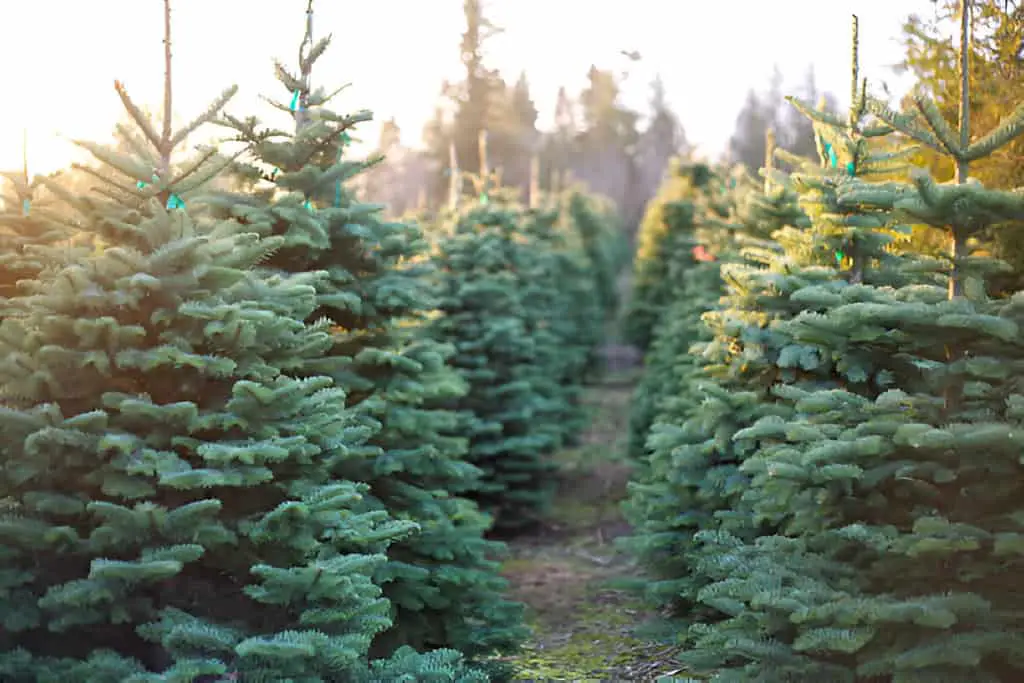
If you’ve walked through a field of Christmas trees, you know it’s magical. The piney scent filled the air and the needles crunched underfoot. For a lot of people, the thought of having a Christmas tree farm seems like a quaint, nostalgic dream.
I know I had that same daydream once. But then I started to dig into what it really takes to grow a farm full of these festive evergreens, and I realized it’s not all garlands and snowflakes. It’s a serious commitment—but also one of the most rewarding ones out there.
If you’re thinking about starting your own Christmas tree farm, let me take you through what you need to know from my experience and research.
The Basics: Choosing Your Tree Type
First things first: you’ll need to decide what kind of trees you want to grow. It’s like picking a pet. Do you want the stately Fraser fir, known for its long-lasting needles and sweet piney scent? Or maybe the Blue spruce, which has that unique silver-blue tint that practically screams “festive.” Then there’s the classic Douglas fir, with its soft needles and sturdy branches, perfect for heavy ornaments.
There are a few things to consider when choosing. Climate plays a big role. Some trees thrive in colder, more mountainous regions, while others are a bit more flexible.
If you’re in a milder area, don’t worry—you still have plenty of options. Just make sure you pick a species that matches your local environment. Otherwise, you’ll spend more time battling the elements than growing a healthy tree.
Here’s a little breakdown of popular Christmas tree species and their growing conditions:
| Tree Type | Climate Preference | Growth Rate | Notable Features |
| Fraser Fir | Cooler, mountainous regions | Slow | Strong branches, excellent needle retention |
| Douglas Fir | Mild to cool climates | Moderate | Soft, fragrant needles |
| Blue Spruce | Cold climates | Slow | Unique blueish color, sharp needles |
| Scotch Pine | Adaptable to many climates | Fast | Long needles, good needle retention |
Christmas Tree: Seedlings or Transplants?
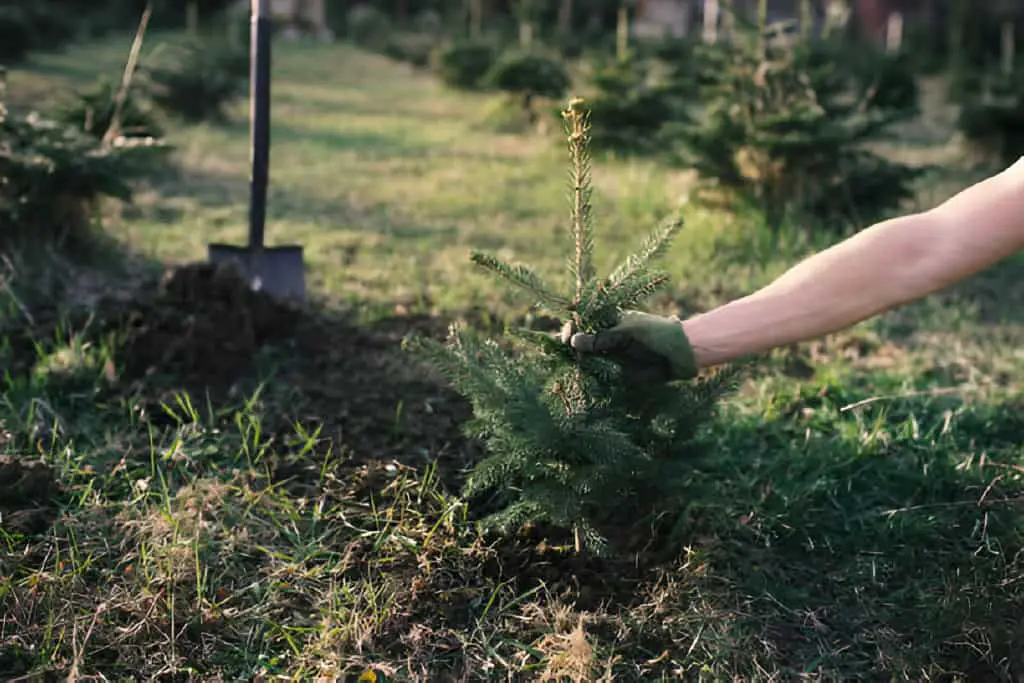
When starting a Christmas tree farm, you’ll often face the decision of whether to use seedlings or transplants. Most growers opt to purchase these young trees from specialized wholesale nurseries that focus on conifers.
Seedlings are tiny trees in their original growing spot. Transplants have been moved to a new location to strengthen their roots.
The initial cost of seedlings or transplants is relatively low compared to the benefits they offer.
Choosing transplants over seeds can be a savvy move. Transplants can save you up to two years of growth time, allowing for earlier harvesting. This efficiency is especially valuable if you plan to produce trees that will be sold at the 5 to 7-foot height, which dominates the market.
To ensure healthy, evenly grown trees, they are typically planted in a 5′ x 5′ grid. This spacing allows enough sunlight for each tree. It promotes uniform growth and prevents lopsided trees.
Planting: Getting Down and Dirty
Once you’ve picked your tree variety, it’s time to get your hands dirty—literally. Planting Christmas trees isn’t as simple as plopping them into the ground. You’ll need to space them out correctly, ensuring there’s enough room for each tree to grow without being smothered by its neighbors.
Most trees need a good 6–8 feet between them to allow for proper growth. Think of it like social distancing for plants.
You’ll also want to invest in soil testing. I know, it doesn’t sound glamorous, but healthy soil is the foundation of a thriving tree farm. A soil test can tell you if your land has the right nutrients or if it needs a little boost. Based on your results, you may need to add fertilizers or soil amendments. This will create the perfect growing environment.
It’s essential to note that growing Christmas trees takes time—lots of it. On average, it takes 7-10 years for a Christmas tree to reach the desired height of 6-8 feet.
Patience is key here. Your farm won’t become a lush forest overnight. But, it’s satisfying to watch those tiny seedlings grow each year.
Caring for Your Trees: Nurturing Your Forest
Once your trees are planted, they’re going to need some love and attention. Just like any crop, Christmas trees can fall prey to pests and diseases. You’ll need to keep an eye out for common problems like aphids, spider mites, and fungal diseases. Regular inspections are crucial—don’t just rely on a once-a-year glance.
Pruning is another major task. A well-pruned Christmas tree looks full and symmetrical. Its strong branches can hold all your holiday decorations.
Most farmers use a technique called “shearing,” where you trim the tree’s outer branches to shape it like the iconic cone. This is usually done once a year, around the summer months. Sure, it’s a bit of work, but it’s worth it when you see that perfect tree taking shape.
One thing I learned early on: you need a solid irrigation system. Even though trees are hardy, they still need a reliable source of water, especially in the early years. A drip irrigation system works well and can save you a lot of time lugging hoses around.
Marketing Your Trees: Bringing Holiday Cheer to Customers
Now, let’s talk business. Having a field full of beautiful Christmas trees is one thing, but selling them is a whole different ball game. Before you start cutting down your hard-grown trees, you need a plan to get them into people’s living rooms.
You have a few options. You can run a “cut-your-own” operation. Families would come to your farm to pick and cut down their tree. Or, you can sell pre-cut trees at a local lot or market. Each method has its perks.
Cut-your-own farms offer a full-on holiday experience—hayrides, hot cocoa, and plenty of photo ops. Families love it because it’s more than just buying a tree—it’s an event.
On the other hand, pre-cut trees are convenient and allow you to reach a broader market, especially if your farm is in a remote location. You might even want to explore wholesale options, selling your trees to nurseries or garden centers that don’t grow their own.
Financials: Can You Make a Profit?
Many growers make as much, or more, from selling greens, garlands, and wreaths than from their cut tree sales. Wreaths can be simple and affordable, or elaborate and expensive, with some costing as much as $100. Some growers prefer to hand wire their wreaths. Others prefer a foot-powered wreath machine that uses metal clamps. An experienced wreath maker can produce 6 to 8 wreaths per hour.
Growers near a town find selling their trees direct to customers brings the best profits, although it takes more time. Families with kids love a “cut-your-own” tree farm and finding the perfect tree. For other growers, selling their trees through a community group, like Kiwanis or Rotary, makes sense. Their prices are higher than selling to wholesalers.
Starting a Christmas tree farm isn’t cheap, and it takes a while before you see any return on investment. Buying land, seedlings, fertilizers, and equipment can cost tens of thousands of dollars to start. And remember—those trees take around 7-10 years to mature, so you won’t see much income in the early years.
But once your farm is up and running, the potential for profit is there. Christmas trees typically sell for anywhere from $50 to $150, depending on the size and species. If you have a farm of a few thousand trees, you can start making a solid income once they reach maturity.
Remember, you’ll have operating costs, like labor, water, and pest control. But, with good planning and marketing, many farmers make a good living from their Christmas tree farms.
Final Thoughts: Is It Worth It?
Starting a Christmas tree farm isn’t for everyone. It requires patience, dedication, and a serious love for the holidays. For those who love the land and want to create joy, it’s a labor of love. It pays off in more ways than one.
Also, it’s satisfying to know you helped a family create holiday memories. So, if you’ve ever daydreamed about walking through your own field of evergreens, maybe it’s time to make that dream a reality. After all, every holiday season, people will need a little piece of magic to take home. And you could be the one to provide it.

